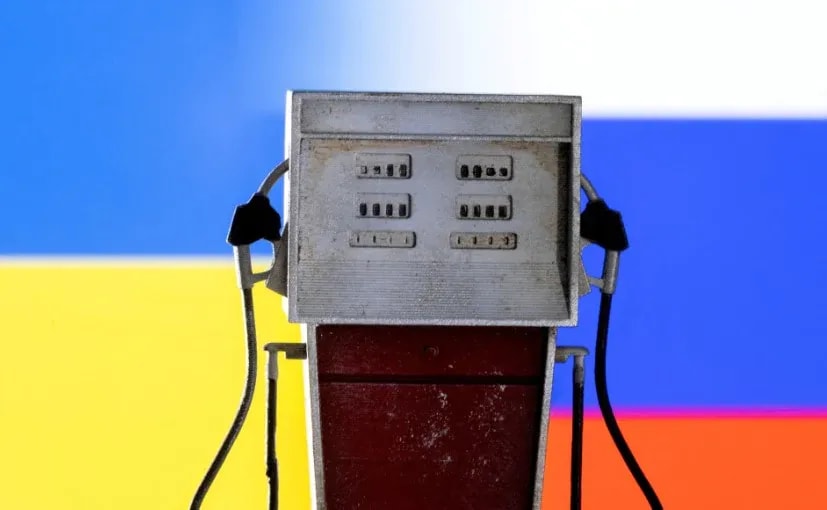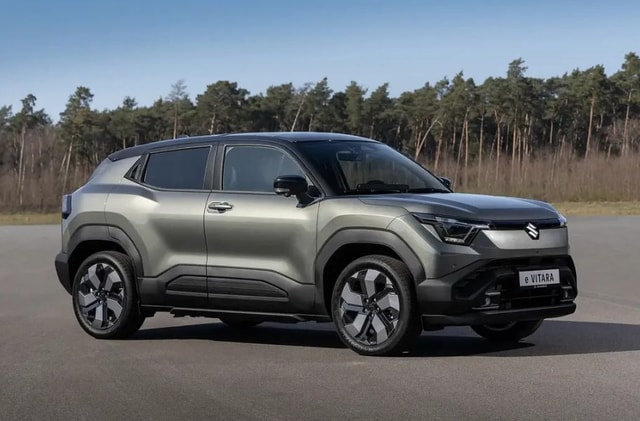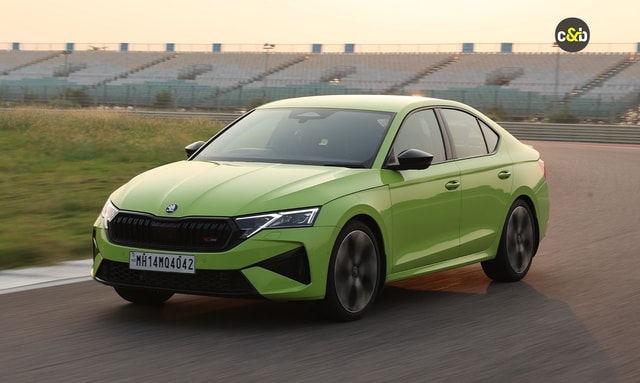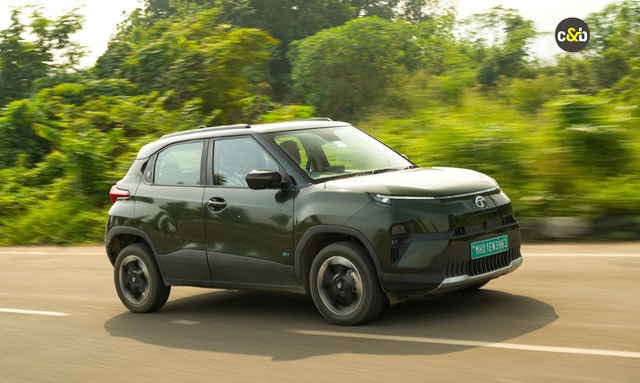Russia Poised To Largely Skirt New G7 Oil Price Cap

Russia can access enough tankers to ship most of its oil beyond the reach of a new G7 price cap, industry players and a U.S. official told Reuters, underscoring the limits of the most ambitious plan yet to curb Moscow's wartime revenue.
The Group of Seven countries agreed last month to cap Russian oil sales at an enforced low price by Dec. 5 but faced consternation from main players in the global oil industry who feared the move could paralyse the trade worldwide.
Months of discussions between the United States and those insurance, trading and shipping firms have mollified concerns on their exposure to sanctions but all parties now realize Russia can largely skirt the plan with their own ships and services.
The forecasts on the resilience of the Russian oil trade and details of the discussions between Washington and the global oil and services industry have not previously been published.
Estimates that up to 80-90% of Russian oil will continue to flow outside the cap mechanism if Moscow seeks to flout it are not unreasonable, a U.S. Treasury official told Reuters.
Between 1 and 2 million barrels per day (bpd) of Russian crude and refined products exports could be shut in, said the official, who declined to be named due to the sensitivity of the situation, adding this was one of several possible scenarios and it was unclear whether Russia will comply with the cap.
Russia exported over 7 million bpd in September.
That could pose financial and technical difficulties for Russia but would also deprive the world of 1-2% of its global supply just as inflation is on the rise and a recession looms.
The United States is aware of some ships changing their countries of origin and trading entities being moved beyond the G7 to order to evade the plan, the official added.
Russia would incur costs from having to conduct longer voyages and being relegated to subpar insurance and financing, the official said, making the United States optimistic Russia will be compelled to sell within the price cap over time.
India and China have increased purchases of Russian oil at steep discounts in recent months, but neither has endorsed the cap. India said this week it would examine the plan.
The U.S. sees the price cap empowering China and India to buy Russian oil at lower prices, benefitting their economies.
SHADOW FLEET
Industry and policy veterans have seen the limits of a plan which at first appeared to have the entire Russian oil trade in its crosshairs but whose scope could now be greatly diminished.
"In theory there is a big enough shadow fleet to continue Russian crude flows after Dec. 5," Andrea Olivi, global head of wet freight at commodities trading giant Trafigura told Reuters.
"A lot of these shadow vessels will be able to self-insure or they will be able to be insured by Russian P&I", he added, referring to protection and indemnity insurance.
Bank JP Morgan sees the impact of the price cap as muted, with Russia almost completely skirting the ban by marshalling Chinese, Indian and its own ships - whose average age is nearly two decades old - relatively ancient by shipping standards.
That could leave Russian exports in December reduced by just 600,000 bpd compared with September, the bank added.
Not just ships but the services needed to keep them and their oil cargoes flowing are on the move, according to Norbert Rucker, head of economics and next generation research at Swiss wealth manager Julius Baer.
"Oil traders dealing in Russian oil are no longer in Switzerland, Geneva or London. They are more coming out of the Middle East," Rucker told Reuters.
"If you look at the Asian buyers of the oil, the ships, the insurance - this seems to be increasingly done out of Asia."
SHOT IN THE FOOT?
The G7 price cap plan agreed in September was shopped by the United States to industry players as a safety valve to total EU bans on Russian shipments ratified in June.
P&I services heeding EU law insure approximately 90% of the world's oceangoing trade, meaning the EU move could have halted most of Russia's exports.
That may have boomeranged back on the sanctioning countries by sending energy prices soaring amid an already deep cost of living crisis as a potential global recession looms.
Insurance and shipping industry figures still saw themselves at risk of sanctions which could upend the trade even in the G7 price cap workaround. The EU ratified the price cap this month but details on implementing it remain forthcoming.
The U.S. official said the policy has been tailor-made so that it is easy for firms to verify, or attest, that prices were sold below the cap.
The cap, the official added, aims not be punitive toward the industry and will allow them to keep the attestations and not force them to submit it to a central registry.
This would be lax enough to allow insurers to ask buyers of Russian oil to pledge in writing that sales would occur at, or below the price cap for the duration of their policy period.
One industry official familiar with the matter viewed this attestation policy as "positive" and believes Washington now understands that insurers cannot enforce the policy themselves.
Another said that with six weeks to go before the sanctions take effect, the insurance industry still wants more details on how the attestations would work and is concerned that EU regulations still do not mention the process or set out their obligations.
Daniel Ahn, a former chief economist at the U.S. State Department, says the countries sanctioning Russia overestimated their control of the global oil trade and that changes and clarifications to their policy aimed at reducing self-harm.
"All it's going to do is reroute oil ... and make life difficult for everyone else, which is what is happening right now anyway," said Ahn, a global fellow at the Woodrow Wilson International Center for Scholars.
"It's going to be less damaging than a complete seaborne import ban. They shot themselves in the foot, but they're now kind of trying to bandage it a bit."
Trending News
Latest News
 car&bike Team | Nov 10, 2025Bajaj Working On Sub-350 cc KTM & Triumph MotorcyclesBajaj Auto has confirmed that the company is working on sub-350 cc platforms for the made-in-India KTM and Triumph motorcycles for the Indian market.1 min read
car&bike Team | Nov 10, 2025Bajaj Working On Sub-350 cc KTM & Triumph MotorcyclesBajaj Auto has confirmed that the company is working on sub-350 cc platforms for the made-in-India KTM and Triumph motorcycles for the Indian market.1 min read car&bike Team | Nov 10, 2025Maruti Suzuki e Vitara India Launch On December 2The e Vitara is Maruti’s first electric vehicle for the Indian market, with the SUV already being manufactured at the company’s plant in Gujarat.1 min read
car&bike Team | Nov 10, 2025Maruti Suzuki e Vitara India Launch On December 2The e Vitara is Maruti’s first electric vehicle for the Indian market, with the SUV already being manufactured at the company’s plant in Gujarat.1 min read Jaiveer Mehra | Nov 10, 2025Vida VX2 Go Now Offered With 3.4 kWh Battery; Price Starts At Rs 1.02 LakhThe VX2 Go was previously only available with a 2.2 kWh battery pack with the 3.4 kWh unit only available in the VX2 Plus.1 min read
Jaiveer Mehra | Nov 10, 2025Vida VX2 Go Now Offered With 3.4 kWh Battery; Price Starts At Rs 1.02 LakhThe VX2 Go was previously only available with a 2.2 kWh battery pack with the 3.4 kWh unit only available in the VX2 Plus.1 min read car&bike Team | Nov 10, 2025BRANDED CONTENT: Mahindra XEV 9S -- The Next Big Step in Electric SUVsThe country’s first seven-seater electric origin SUV is designed to deliver the size, comfort, and presence expected from a full-size Mahindra.1 min read
car&bike Team | Nov 10, 2025BRANDED CONTENT: Mahindra XEV 9S -- The Next Big Step in Electric SUVsThe country’s first seven-seater electric origin SUV is designed to deliver the size, comfort, and presence expected from a full-size Mahindra.1 min read Jaiveer Mehra | Nov 10, 2025All-New Toyota Hilux Unveiled; Gets EV Powertrain For First Time; FCEV Also ConfirmedThe new Hilux EV features a 59.2 kWh battery, dual-motor all-wheel drive, and up to 240 km of range.3 mins read
Jaiveer Mehra | Nov 10, 2025All-New Toyota Hilux Unveiled; Gets EV Powertrain For First Time; FCEV Also ConfirmedThe new Hilux EV features a 59.2 kWh battery, dual-motor all-wheel drive, and up to 240 km of range.3 mins read car&bike Team | Nov 9, 2025VinFast Limo Green Electric MPV Spied Testing In India For First TimeSeven-seat EV could go up against the likes of the Kia Carens Clavis EV and the BYD eMax 7 should an India launch be confirmed.1 min read
car&bike Team | Nov 9, 2025VinFast Limo Green Electric MPV Spied Testing In India For First TimeSeven-seat EV could go up against the likes of the Kia Carens Clavis EV and the BYD eMax 7 should an India launch be confirmed.1 min read
































































































































